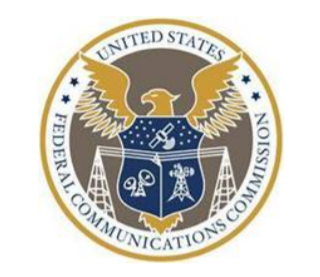FCC Chairwoman Jessica Rosenworcel called on her colleagues to support new efforts to allow E-Rate funding to support WiFi on school buses. She’s also proposed using E-Rate funding to support WiFi hotspots so that public and school libraries, and schools can check them out to patrons or students in need.
The E-Rate program started in 1996, to distribute funds to libraries for basic internet connections. Over the years, the FCC has updated it from a program to connect libraries and schools to covering services like installing WiFi throughout the building.
“This could make a big difference in rural areas where students spend long hours on school buses just to get to class and home again,” said Rosenworcel in a speech to the American Library Association’s annual conference this week. “We can turn ride time into connected time for homework. We can take E-Rate policies from two decades ago that supported mobile phones on these buses and modernize them so we have WiFi on wheels—and students can Learn Without Limits.”
She said libraries can help fill the digital divide. “Libraries have computer labs. They have classes to teach digital skills. And they help enroll people in our programs to support internet for all, like the Affordable Connectivity Program,” explained Rosenworcel. “These efforts are on top of the day-to-day work you do to help people navigate information, get the facts they are searching for, the services they require, and the support they need to participate in modern life.”
Senate Commerce Committee member Senator Ed Markey (D-MA) supports the proposals. “With the new school year just a few months away, we cannot allow millions of students across the country to lose access to broadband,” said Markey. “We urge the FCC to swiftly adopt this commonsense proposal to expand E-Rate funding to include WiFi hotspots and internet support for school buses.”
In response to the pandemic, Congress created a program to help meet the adapting connectivity demands of libraries and schools—the Emergency Connectivity Fund. This $7.17 billion fund was designed to make sure that libraries and schools could connect patrons and students at home, with funding for devices and connectivity. To date, the program has helped over 17 million students get connected to their schools and teachers, notes the Commission.
The proposed changes to the E-Rate program will require a full vote of the Commission.
By Leslie Stimson, Inside Towers Washington Bureau Chief





Reader Interactions